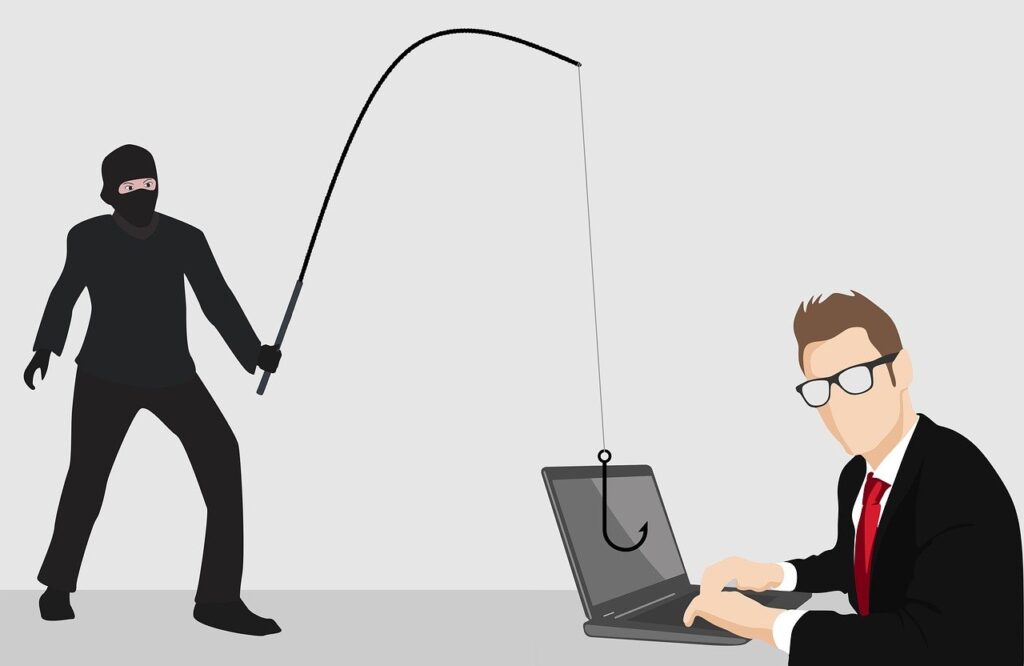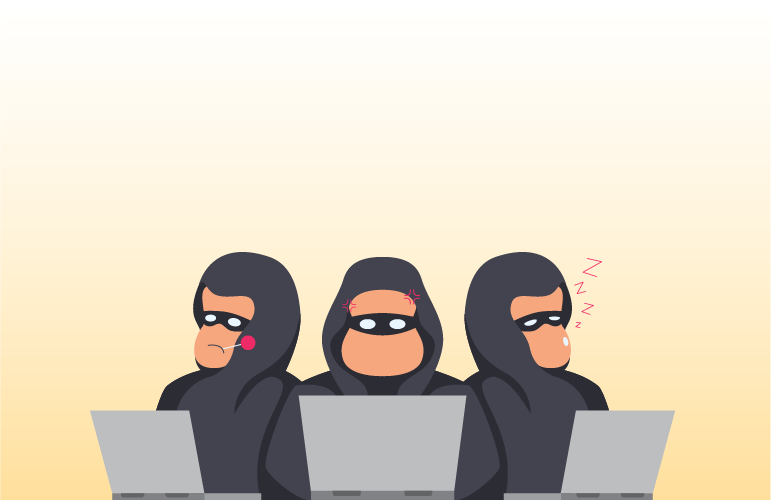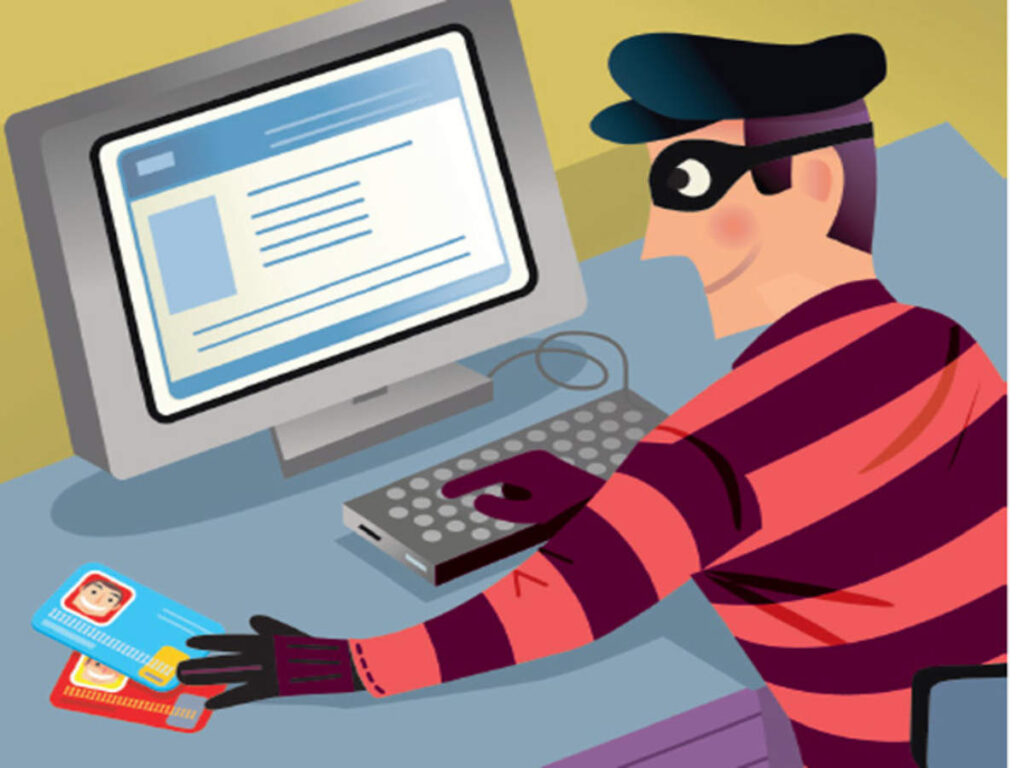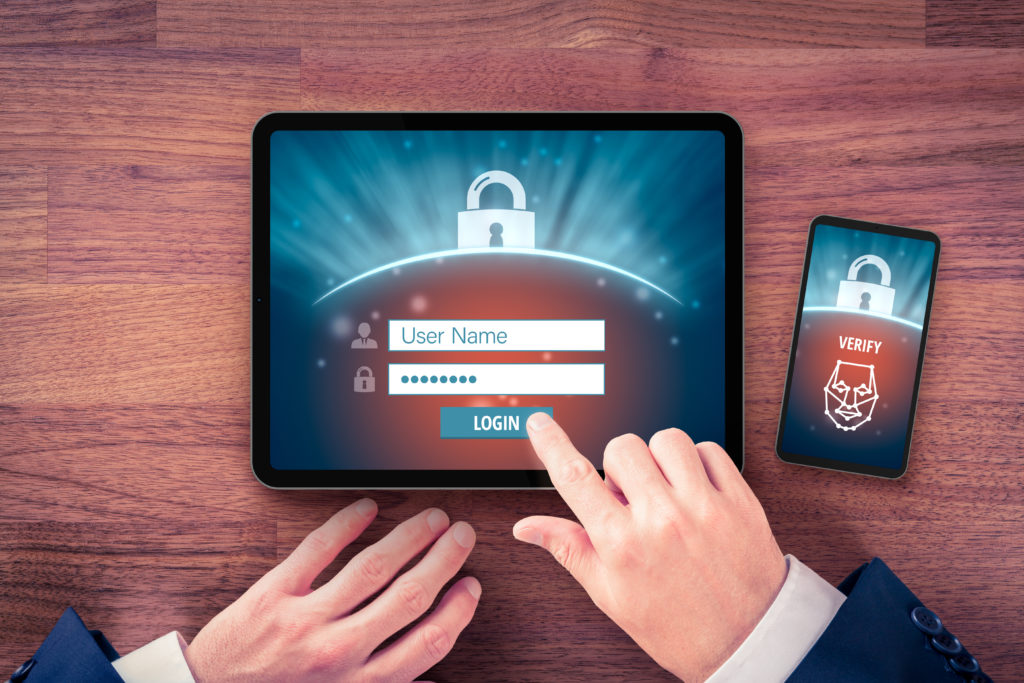Everyone wants to ride the waves of the digital revolution, and the internet is an integral part of the process. With a high-speed internet connection, you can create digital profiles, communicate with your friends, family, and coworkers online, acquire information on almost any subject, express your views on social media, entertain yourself in multiple ways, indulge in Virtual Reality gaming, take classes, pay bills, control smart home tech and do so much more. If you’re looking for a swift and safe connection in this regard, check over here.
While the internet has a good side, it also has a bad one. As it brings a boatload of convenience into your digital lifestyle, it also has the propensity for exposing your confidential information and causing chaos in your connected devices, should you happen to fall into a trap, laid by a cybercriminal online. Unfortunately for us, the rate of cybercrime is only increasing with the passage of time.
Can you believe that one in three American users are attacked by cybercriminals every year? Yes, this is the state of cybercrime in the US. As more and more people are heading online in response to the COVID-19 pandemic, cybercriminals are gaining more and more opportunities to target consumers, companies, and even governments. What is cybercrime, anyway? It is a type of criminal activity that takes place in cyberspace or the World Wide Web. There are different types of cybercrimes currently in existence, but the most frequent of these are phishing, scams, and fraud. What do phishing, scams, and frauds entail and how can you stay safe from them? Find out below.
What are Phishing, Scams, and Frauds?
At the heart of cybercrime lies, deception. Online users are mostly novices and can easily be hoodwinked. This is where phishing, scams, and fraud come into play. Let’s learn more about them below:
Phishing – Meaning and Types

Phishing is a fraudulent practice in which malicious individuals pose as trustworthy sources and trick you into revealing your private data, such as your passwords, social security numbers, and credit card details, etc. Once these phishers get their hands on your information, they can exploit it in any way they like, which can only mean bad news for you. There are different types of phishing, but the most common ones are acted out in the form of emails, website requests, or pop-up ads. Almost all types of phishing activities elicit information either directly, or by luring through a clickbait.
Scams – Meaning and Types

Scams are like virtual robberies. The only difference is that while robberies happen behind your back, you may be a direct participant in scam activity. Scams steal your money, and you give it away willingly in the hopes of enjoying a promised benefit that never transpires. Winning a fake lottery, dating a catfish, responding to a deceiving phone call from an impersonated local tax authority or banking figure, or signing up for fake health insurance against corona are some of the most recurring forms of scams out there.
Frauds – Meaning and Types

Frauds are general acts of deception, not solely financial, intended for personal gain on part of the trickster. Those who commit fraud put on a credible façade, and back their pretension with fake testimonials and products, so it is easy for online users to give in to the ‘show’ and lose their money, identity, or network security in the process. Banking fraud, internet fraud, mail fraud, and counterfeit brands with fake medical or other licenses are various varieties of fraud.
How to Recognize the Red Flags of Phishing, Scams, and Frauds?
The general rule of thumb is that if you’re using the internet, use it wisely, consciously, and with your eyes wide open. Recognize the deception from a mile away and change your direction. Here are the red flags of phishing, scams, and frauds:

Phishing – Telltale Signs
- A made-up email address like “user1234@darkdoman.com”
- A generic greeting like “Dear Customer” as opposed to “Hi Sarah”
- Grammatical, spelling, or punctuation errors in the email or ad body
- Suspicious attachment or a link leading to a malicious destination
- Sense of urgency in the tone of the copy
- Requesting personal information with a sweet or scary bait
Scams – Telltale Signs
- Out of the blue contact from an unexpected source
- Odd-looking phone number, social media account, domain, or email address
- An offer that sounds too good to be true, paired with a sense of urgency
- Request for monetary transactions via unconventional payment methods
- A user asked to keep matters hushed up and secret
Frauds – Telltale Signs
- Lanky ads, websites, or emails with a second-rate interface and incoherent content
- Misrepresented or counterfeit products offered by a suspicious seller
- The tone of pressure asking you to commit right away
- Request for access to monetary assets
- Unfamiliar transactions and account changes on your credit report

How to Avoid Falling Victim to Phishing, Scams, and Frauds?
Now that you know about the tell-tale signs of these cybercrimes, the next step is to reinforce your defenses and stay safe from phishing, scams, and frauds once and for all. Here are a few tried-and-tested preventive measures that can be applied to all instances:
Use Discretion Online
It is important to keep your wits about you whenever your head online. This includes identifying phishers, scammers, and frauds using the telltale signs mentioned above, questioning every source that requests access to your personal information, calling banks and companies for verification against a deceiving email, and checking the HTTPS tag on a website to see how secure it is. Moreover, be careful about what you post online, what you click on, and what you download, assess your contacts regularly and block suspicious accounts, and when you find a trap, report phishers, scammers, and frauds to the authorities instantly.

Enforce Password Protection
Passwords are like the keys to your online profiles. If phishers, scammers, or fraudulent individuals come to know your passwords, they can ruin your digital existence in more ways than you or I can imagine. So, make sure to secure your online accounts with complicated passwords that are unique combinations of letters, symbols, and numbers, which are 11 characters long and not your mother’s middle name. Change passwords every two months to keep phishers, scammers, and hackers off your trail.
Secure Your Devices, Networks & Systems
Investing in a good antivirus, antimalware, firewall, and online security software is always a move in the right direction. If your security software is up to the mark, it can scan your devices, networks, systems, and browsers daily, and flag any suspicious virus, code, malware, or email that may hide in the shadows, thus protecting you from phishing, scams, and fraud.

Wrapping Up
The World Wide Web is a dangerous place to be if you’re not careful. Use the aforementioned pointers and tips to recognize phishing, scams, and fraud, and safeguard yourself from these acts of cybercrime before it is too late.









